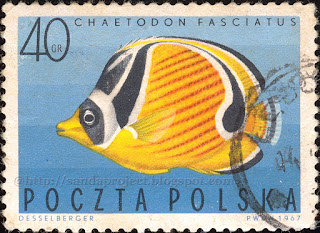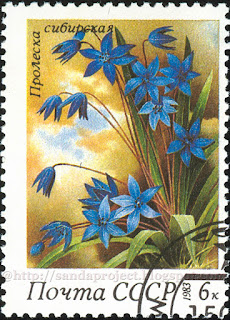Clown triggerfish (Balistoides conspicillum), also known as the bigspotted triggerfish, are demersal marine fish belonging to the family Balistidae, or commonly called triggerfish.
- Original Name: "Balistoides conspicillum"
- Country: Poland
- Year: 1967-04-01
- Series: Tropical fishes
- Face value: 60 gr
- Number of catalogue Michel: PL 1751

















































